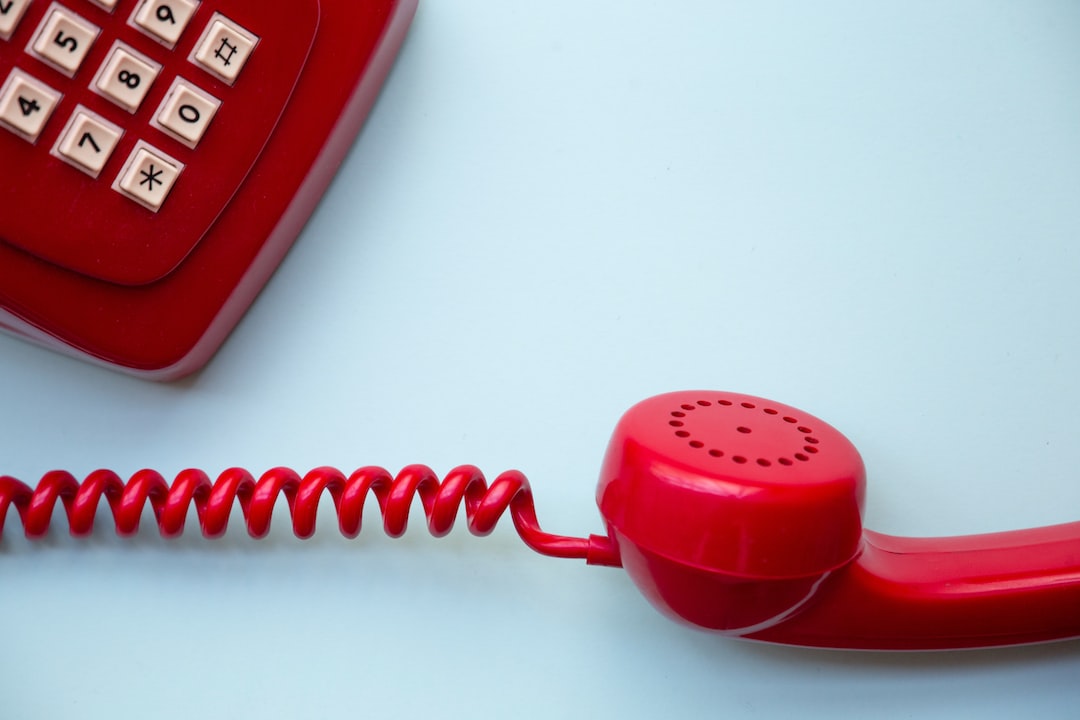Under Wheeler’s leadership, the Federal Communications Commission (FCC) shifted their emphasis of Lifeline support to broadband access in order to assist those who are economically disadvantaged to access the internet. If your income is above 135% of the Federal Poverty Guidelines, you may be eligible for this program.
One Lifeline discount is available per household; only one service provider can be used. If you’re moving, check if your new service provider participates in Lifeline.
Contents
What is Lifeline?
Lifeline is a program supported by the federal government that provides a discount on telephone service, including home landline and wireless, as well as bundled voice and broadband services. The eligibility of low-income consumers is determined by the Universal Service Administrative Company (USAC), which also conducts annual recertification.
The program is funded by the federal Universal Service Fund (USF). USF contributions are collected from all end-user telecommunications subscribers, and a portion of the funds are allocated to support Lifeline. You may notice a line item on your telecommunications bill that looks like “Universal Service Fund Charge”; this is how telecommunications providers choose to recover their USF contribution costs from their subscribers.
To be eligible for Lifeline, your household income should be at or below 135% of the Federal Poverty Guidelines in your state. Additionally, subscribers can opt for the Affordable Connectivity Program (ACP) instead of the Emergency Broadband Benefit (EBB). This program offers a monthly discount on broadband service and a one-time discount on an internet-enabled device.
If you meet the Lifeline eligibility criteria, you are also eligible for the ACP without any additional requirements. However, it’s important to note that only one benefit can be received per household. The discount can be used for either a phone or a broadband/broadband service. To prove your eligibility, you can provide documentation such as a pay stub, a tax return, or a letter from the Supplemental Nutrition Assistance Program, the Veterans and Survivors Pension Benefit, Medicaid, SSI, the Federal Public Housing Assistance Grant, or certain Tribal programs.
How Do I Qualify For Lifeline?
To receive Lifeline phone or internet service, your household must meet certain qualifications and enroll with a provider such as Assist Wireless. Your provider will contact you each year to verify your eligibility for the program. It is important to respond promptly to their requests for verification, as failure to do so may result in de-enrollment.
If your income is 135% or less of the federal poverty guidelines, which depend on your household size, you may be eligible for Lifeline. You might be eligible for the Affordable Connectivity Program (ACP) which offers a reduced monthly cost for broadband service and a one-time discount for an internet-enabled device.
The Lifeline Program is funded by Universal Service Fund (USF) contributions, which are collected through fees on telecommunications services. These fees are passed through to consumers by telecommunications companies and are included in their monthly bills.
Only one Lifeline benefit is available per household for home landline and wireless or bundled service. The program is non-transferable, meaning that you cannot give your benefits to another person or family member. Your provider will ask you to demonstrate that your household meets the eligibility requirements, which typically require two proofs of income and a document, card, or letter that shows that members of your household participate in accepted government assistance programs, such as SNAP, Medicaid, SSI, FPHAP, or Tribal benefits.
How Do I Enroll in Lifeline?
Lifeline is a monthly service discount for phone and internet services that allows low-income households to stay connected. Eligible subscribers can receive a discounted landline, wireless phone, or home internet service. Eligibility is based on household income at or below 135% of the Federal Poverty Guidelines and requires documentation such as three consecutive pay stubs or a tax return. Each year, subscribers must recertify their eligibility to participate in the program. Subscribers who fail to recertify are subject to disenrollment from Lifeline.
To enroll in Lifeline, apply with a provider that offers the service. To get the fastest approval, apply online with the Lifeline National Verifier or download a paper application from your provider (paper applications typically take 1-2 weeks for an eligibility decision). The verification process ensures that you haven’t received Lifeline from another provider and verifies your identity through your full name, date of birth, last four digits of your Social Security Number or Tribal ID, and address.
If you qualify for Lifeline, you may also qualify for the Affordable Connectivity Program (ACP) for low-income internet service discounts. The ACP replaced the Emergency Broadband Benefit (EBB) and provides a monthly discount on broadband service, as a one-time discount for an internet-capable device. To apply for the ACP, speak with your internet service provider or visit the ACP “How to Apply” page to see if you are eligible.
How Do I De-Enroll From Lifeline?
If you or someone in your household receives Lifeline for phone or internet service, please note that federal rules prohibit subscribers from receiving more than one discount. You must contact each to de-enroll from the program if you have multiple Lifeline accounts with different providers. This rule applies to both landline and wireless services.
Eligible subscribers must verify their eligibility at least once yearly with their Lifeline provider. To do so, the eligible telecommunications carrier must ask for a current government assistance card or a document that includes the subscriber’s name and address. This documentation should also include the last four digits of the subscriber’s social security number or tribal ID number, date of birth, and primary residence.
In addition to the annual verification requirement, eligible subscribers must respond to their Lifeline provider’s attempts to recertify eligibility. Failure to recertify can result in canceling a subscriber’s Lifeline service.
If you live in New York and are interested in enrolling in the ACP, apply now through a participating internet service provider or visit our consumer website for more information. To qualify for the ACP, you must meet income requirements and participate in a government assistance program such as Medicaid or food stamps. In addition to a free monthly broadband service, you may qualify for a Google Play-certified Android smartphone and up to 12.5 GB of 4G/LTE data WiTH WiFi hotspot capacity through our partner TruConnect.



